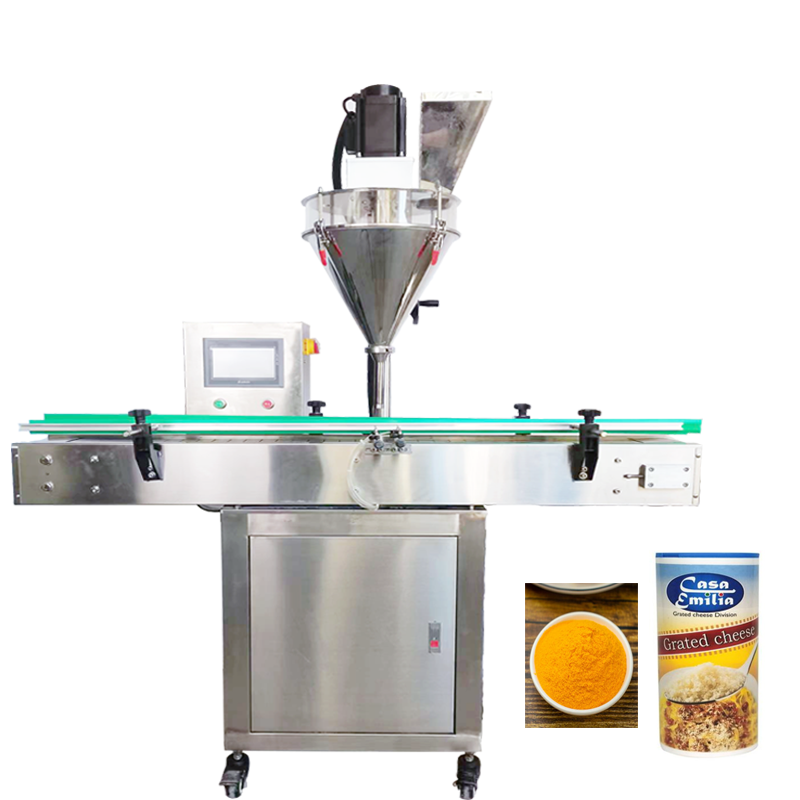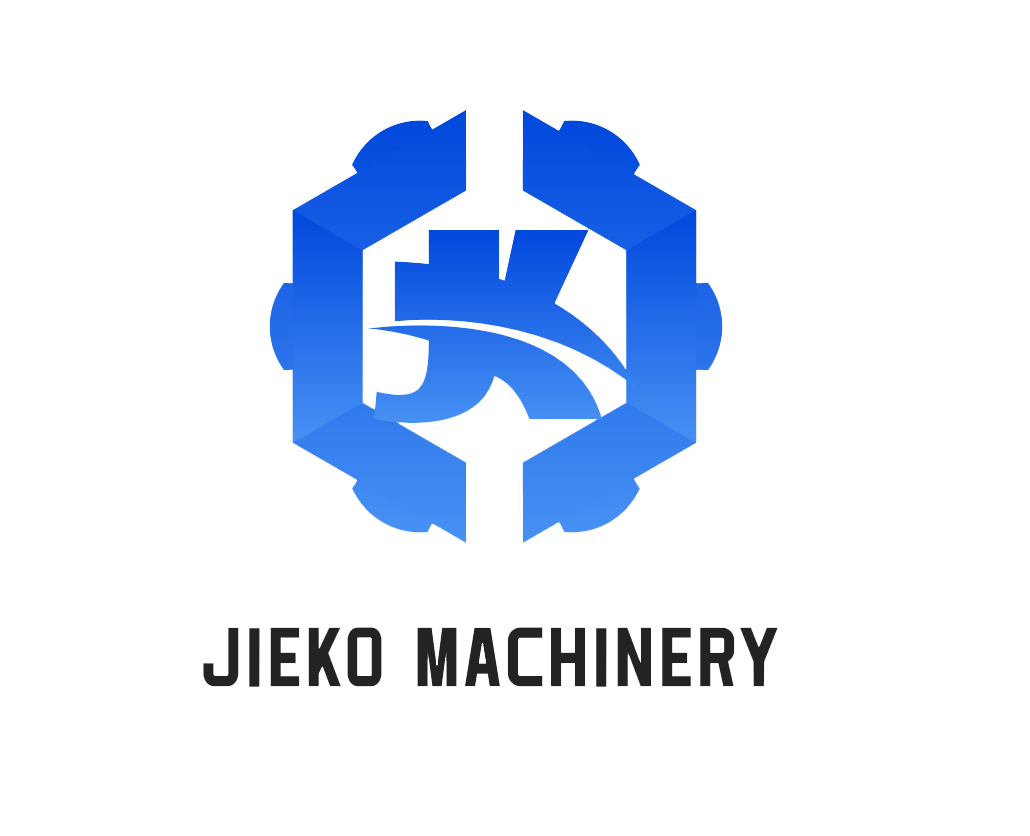Email format error
Email cannot be empty
Email already exists
6-20 characters(letters plus numbers only)
The password is inconsistent
Email format error
Email cannot be empty
Email does not exist
6-20 characters(letters plus numbers only)
The password is inconsistent


Automatic Quantitative Powder Packing Machine Factory: Changing the Packaging Industry
The packaging industry is growing fast, especially in powder packaging. To meet the need for more speed, accuracy, and consistency, automatic quantitative powder packing machines are now widely used. These machines are important for industries like food, pharmaceuticals, and chemicals. They make the packing process easier and faster by packaging powders accurately.
In this article, we will explain what automatic quantitative powder packing machines are, how they are made, their key features, and how they are improving packaging. By the end, you will understand what to expect from an automatic quantitative powder packing machine factory.
What is an Automatic Quantitative Powder Packing Machine?
An automatic quantitative powder packing machine is a machine used to package powder with exact weight or volume. These machines are used in industries like food, pharmaceuticals, and chemicals. They are fully automatic, which means they can pack powder without human help. This saves time and reduces mistakes.
Key Parts of an Automatic Quantitative Powder Packing Machine
- Feeding System: Powders are put into the machine from large containers.
- Weighing System: The machine weighs the powder to make sure it’s the right amount.
- Filling Nozzles: These nozzles fill the powder into the packaging.
- Sealing Mechanism: After filling, the machine seals the package to prevent leaks.
- Control Panel: The control panel is where you set the weight, packaging type, and other settings.
The Role of an Automatic Quantitative Powder Packing Machine Factory
An automatic quantitative powder packing machine factory is where these machines are designed and made. These factories are key to making sure the machines meet the needs of different industries.
Engineering in Manufacturing
At an automatic quantitative powder packing machine factory, the focus is on precision. These factories use advanced technology like automation and robotics to make sure the machines work well. Skilled engineers and technicians are in charge of designing machines that can handle different types of powder.
Customization Options
One advantage of an automatic quantitative powder packing machine factory is the ability to customize the machines. Different industries need different packing sizes and speeds. For example, a pharmaceutical company needs precise measurements, while a food company needs faster packing. Factories can adjust machines to fit these needs.
The Benefits of Using Automatic Quantitative Powder Packing Machines
-
Accuracy: An automatic quantitative powder packing machine packs powder accurately. The weighing system makes sure each package has the right amount of powder. This reduces waste and ensures quality.
-
Speed: Automation makes the packing process faster. The machine works all the time, which increases production.
-
Lower Labor Costs: Since the machine works automatically, there’s no need for many workers. This cuts down on labor costs and reduces mistakes caused by humans.
-
Better Hygiene: In industries like food and pharmaceuticals, cleanliness is important. The machine reduces human contact with the powder, lowering the risk of contamination.
-
Consistency: The machine ensures that each package is packed the same way, which is important for maintaining quality.
Types of Automatic Quantitative Powder Packing Machines
There are different types of automatic quantitative powder packing machines. The machine you choose depends on your needs, such as the amount of powder you need to pack and the type of packaging.
Vertical Powder Packing Machines
These machines fill powders into bags or pouches. The powder is fed from the top, and the machine seals the bag after filling it. Vertical machines are used for smaller amounts of powder.
Horizontal Powder Packing Machines
Horizontal machines are used for larger amounts of powder or bulk packing. The packing process is similar to the vertical machine, but it works horizontally.
Auger Filler Packing Machines
Auger fillers are great for packing fine powders like flour or spices. The auger inside the machine helps measure and fill the powder accurately.
Multi-Head Weighing Powder Packing Machines
These machines have several weighing heads to fill powder into different packages at the same time. They are fast and are used for large-scale production.
The Manufacturing Process at an Automatic Quantitative Powder Packing Machine Factory
Building an automatic quantitative powder packing machine involves several steps. Here’s how it’s done:
Step 1: Design and Prototyping
The process starts with designing the machine. Engineers work with customers to understand their needs. They then create a prototype to show how the machine will work.
Step 2: Component Sourcing
Once the design is ready, parts are gathered. These parts include sensors, motors, and electronic controls, all of which need to meet high quality standards.
Step 3: Assembly
After gathering the parts, the machine is assembled. This is a detailed process where each part is carefully put together.
Step 4: Testing and Calibration
After assembly, the machine is tested to make sure it works properly. This includes checking its speed, accuracy, and durability. Calibration is done to ensure the machine performs as expected.
Step 5: Final Inspection and Packaging
The final inspection makes sure the machine is free of defects. After passing inspection, the machine is packaged and sent to the customer.

Future Trends in the Automatic Quantitative Powder Packing Machine Industry
The automatic quantitative powder packing machine factory industry is changing quickly. Here are some trends to look for:
Smart Automation
Factories are adding smart technology to machines. This means the machines can be monitored remotely, and AI can help improve performance. These improvements will make machines more efficient.
Focus on Sustainability
As companies become more eco-friendly, there is a demand for energy-saving machines. Factories are starting to focus on making machines that are better for the environment.
Use of IoT (Internet of Things)
IoT connects machines to each other and to central systems. This improves efficiency by allowing real-time data analysis and better performance monitoring.

